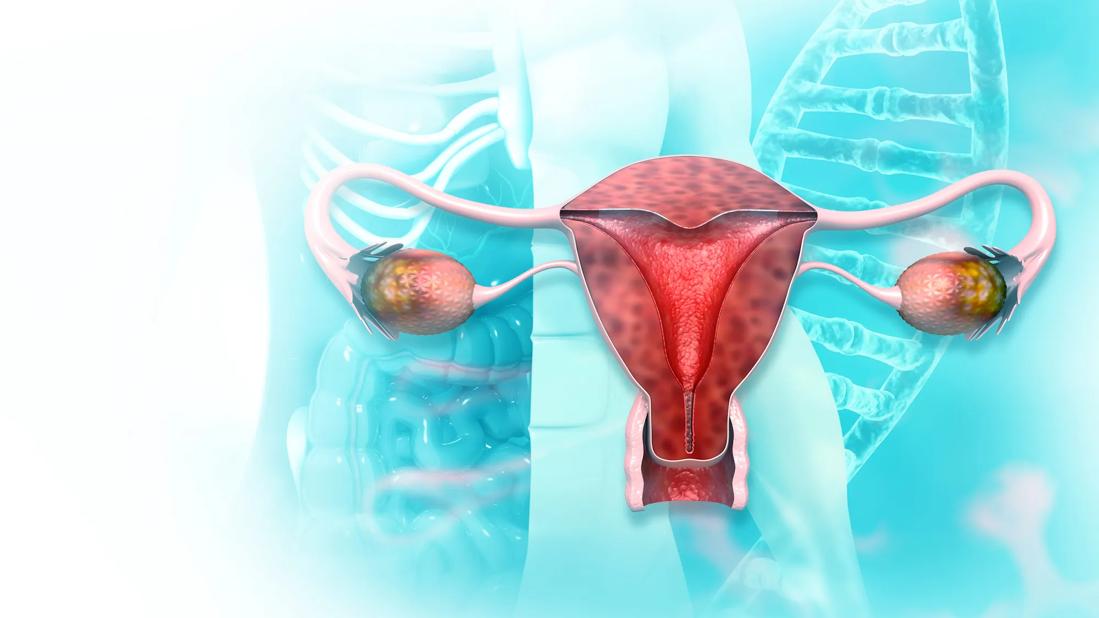Live webinar sessions will review new recommendations and address knowledge gaps

Gynecologists have a great deal of knowledge about treating abnormal uterine bleeding and pelvic pain. However, the multiple disease conditions that contribute to these presentations remain perplexing and enigmatic for both patients and clinicians. In response to a clear need for continuing medical education focused on the diagnosis and treatment of gynecologic conditions related to endometriosis, adenomyosis and fibroids, Cleveland Clinic’s Ob/Gyn & Women’s Health Institute presents “Controversies in Endometriosis, Adenomyosis and Fibroids.”
Advertisement
Cleveland Clinic is a non-profit academic medical center. Advertising on our site helps support our mission. We do not endorse non-Cleveland Clinic products or services. Policy
The live webinar program is directed by Rosanne M. Kho, MD, and Tommaso Falcone, MD, and will be held March 19-20, 2021. By improving the knowledge, skills, and competencies of practitioners, this educational activity will help health care professionals ensure that they are providing the highest quality and up-to-date care for their female patients.
In general, gynecologists are challenged to stay abreast of a large volume of emerging research, to accurately assess the evidence, and to correctly analyze applications to clinical care. In addition, they need to be knowledgeable of new therapies and diagnostic technologies that are changing the direction of clinical practice. Addressing these gaps in both knowledge and practice will translate to improved outcomes and increased patient satisfaction.
“For this meeting, we have gathered a national and international group of experts who are prepared to share where the controversies lie and shed light on new treatment options,” says Dr. Kho, who is known for advancing the field of minimally invasive surgery for benign conditions.
Uterine fibroids are the most common pelvic neoplasm in reproductive-aged women, accounting for 29% of gynecologic hospitalizations and 40% to 60% of hysterectomies.1,2 An estimated 20% to 50% of reproductive-aged women have fibroids, but only about one-third are diagnosed. Although most of these undetected fibroids are too small to be clinically identified, some evidence indicates that diagnosis of fibroids could be improved through better recognition and judicious use of imaging studies. Further complicating the recognition and diagnoses, not all fibroids require treatment, creating controversies regarding which to treat. Treatments also have changed with continued innovations in medical and surgical therapies.3.4 Additionally, innovations in morcellation have changed approaches to patients with fibroids.5 These factors point to knowledge and competence gaps regarding indications, malignancies, preoperative assessment, and surgical considerations regarding management of fibroids — all of which will be addressed in the webinar sessions.
Advertisement
Studies indicate that adenomyosis may affect fertility outcomes, which alters the selection of treatment options, both medical and surgical, especially in those who want to avoid hysterectomy to preserve fertility.6 However, many questions remain regarding the cause, diagnosis and treatment of this disease. This webinar will address a variety of questions, including: What are the best uses of imaging studies? What are the different types of adenomyosis? What are the effects on pain, bleeding and fertility?
Endometriosis has an estimated prevalence rate of 1 in 10 reproductive-aged women in the U.S.7 However, there are documented delays in clinical practice from the initial presentation of pelvic pain to the diagnosis of endometriosis and appropriate treatment.8-10 This can be attributed, at least in part, to gaps in practitioners’ knowledge and competence to assess and diagnose the disease in symptomatic women. In turn, these gaps are influenced by the lack of clarity in the evidence. To provide some guidance, medical societies have developed consensus guidelines for the assessment of patients with chronic pelvic pain, including those suspected of having endometriosis, along with recommendations for diagnostic testing and empirical medical therapy.11-14 However, as with many guidelines, practitioners have gaps in knowledge of the guideline intricacies and their application in clinical practice. Faculty at “Controversies in Endometriosis, Adenomyosis and Fibroids,” will review the evidence and its implications for clinical practice.
Advertisement
“We designed a robust program to be as highly interactive as possible with time for discussion of complex cases with Q&A,” says Dr. Kho.
In addition to lectures, surgery videos and complex case scenarios, we will also have smaller workshops on how to use Imaging in the pre-operative diagnosis of endometriosis and fibroids, and on advancing skills in operative hysteroscopy and laparoscopy.
“If you are looking for a high-yield, efficient course that covers medical and surgical management of conditions that are commonly seen in the office, this will be an excellent course for you,” concludes Dr. Kho.
“Controversies in Endometriosis, Adenomyosis and Fibroids” will offer attendees a maximum of 15 AMA PRA Category 1 Credits. For more information on the course, or to register, please click here.
Advertisement
Advertisement

ACOG-informed guidance considers mothers and babies

Prolapse surgery need not automatically mean hysterectomy

Artesunate ointment shows promise as a non-surgical alternative

New guidelines update recommendations

Two blood tests improve risk in assessment after ovarian ultrasound

Recent research underscores association between BV and sexual activity

Psychological care can be a crucial component of medical treatment

A multidisciplinary approach facilitates timely diagnosis and better treatment